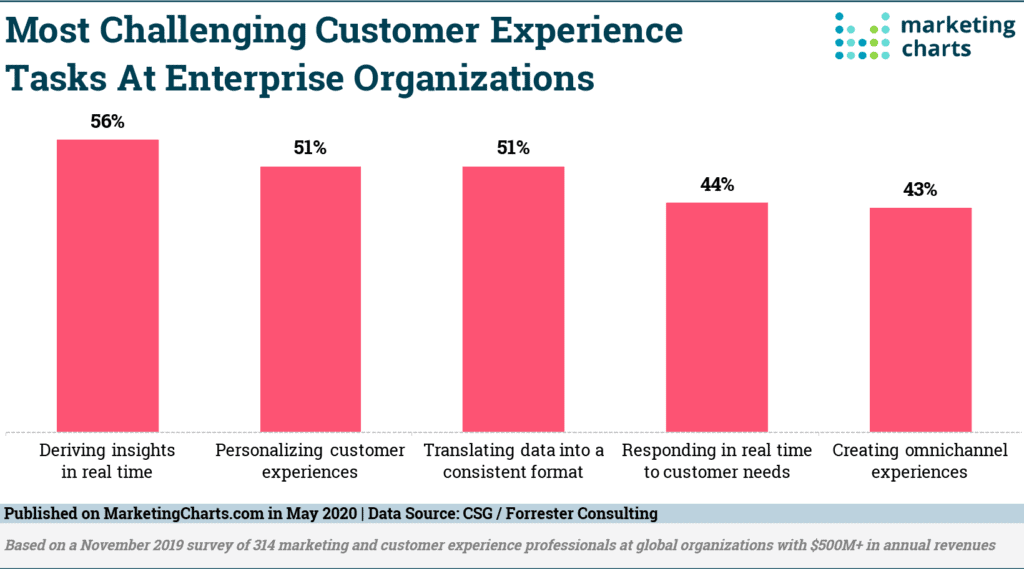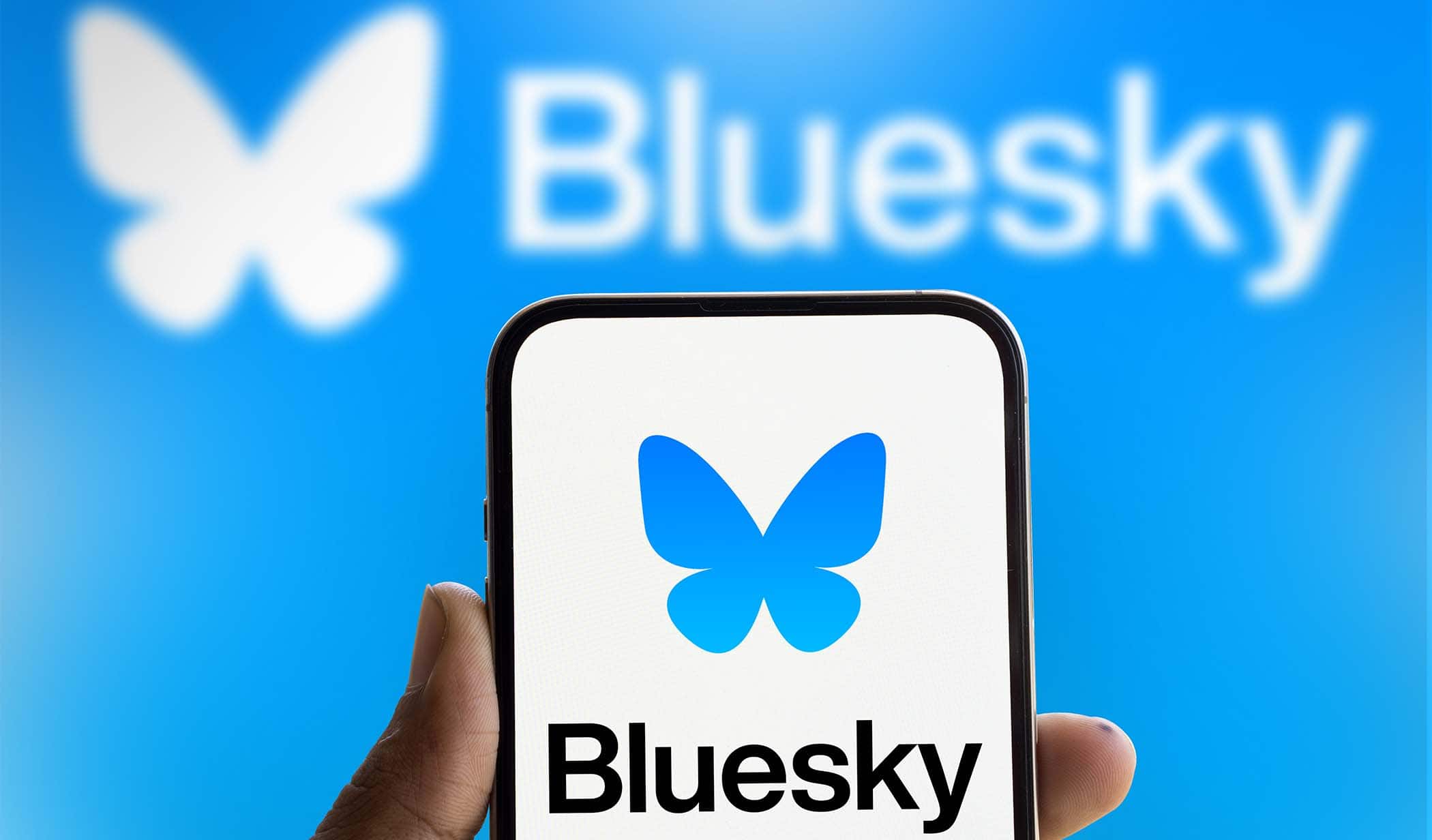5 Ways the Coronavirus Has Changed Digital Marketing for Real Estate: Consumers Expect More
In the five months since the WHO declared the COVID-19 outbreak a global pandemic, several trends have emerged that illustrate how the coronavirus has changed media, how the coronavirus has changed consumer behavior, and how the coronavirus has changed real estate. This week, we’re diving into where these intersect – how the coronavirus has changed digital marketing for real estate – and as real estate professionals how you can thrive, and not just survive, in the “COVID era”.
We’ve covered what hyper-local real estate marketing means and the importance of rapid response for so much more than lead follow up. Today, we’re going to look at how changing customer expectations have changed real estate marketing.
Consumers Expect More
Consumers expect more and the brokers and agents that step up to the challenge will come out ahead, now and in the long run. From the amount of friction in their online experience and the level of personalization provided to how companies are supporting their local communities and responding to calls to action, customers are highly aware of actions businesses have taken, and are taking, during the pandemic. Equally important, they are aware of which businesses have done nothing.
As McKinsey writes, “To renew and refresh their connections to the people they serve, companies need to recognize what’s happening now, and respond in three ways: digital excellence, safe and contactless engagement, and dynamic customer insights.” Research by Capgemini Research Institute echoed that sentiment, highlighting three main factors for how consumers now choose brands: 1) convenience, 2) health and safety, and 3) purpose.
Many people are fearful, jobless, and deeply uncertain about the future, and the experiences they have with companies during the pandemic will have a lasting impact on how they view them after the pandemic.
For real estate professionals, this means evaluating gaps in their customers’ ability to engage, experience, and interact with their brand online. It means developing alternative models to conducting business – from virtual tours, videos, FaceTiming, and live streaming (virtual open house, anyone?) to quicker and easier bid management, everything done via mobile phones, and contactless closings. And it means relentlessly focusing on and prioritizing the customer’s needs – using analytics to develop and maintain deep customer understanding before your customers are your customers, while your customers are working with you, and well beyond the close.
Cohesive MarTech and Customer Obsession
More and more, the line between marketing and technology has blurred and even disappeared. At major companies, technology often reports into marketing now and not the other way around. Enter MarTech (Marketing + Technology). Consumers don’t see a difference or care who is responsible for which part of the customer experience (CX) – and they’re less forgiving when they have a bad experience with a brand. In fact, a study found that 88% of online consumers were less likely to return to a site after a bad experience. That was ten years ago. Consumers have only been conditioned to expect more since then and the seamless experience they expect is omnichannel – meaning everywhere, in every way they interact with you.

The agents who thrive during this time will be those who best understand, anticipate, and adapt to customer expectations – from their real estate needs like what they need from a home they’re looking to buy, how they need to sell their home, and how they discover and choose their agent, to their non-real estate needs like emotional reassurance, financial security, and physical wellbeing. But even enterprise organizations struggle with customer experience. I have a lot of confidence in the real estate industry – an industry built on relationships – to understand the value of a frictionless, exceedingly positive customer experience, and remain committed to delivering them. It’s what you’d also expect for yourself – from lenders, from appraisers, from everyone else involved in the process – both as a professional and as a consumer.
As Jeff Bezos famously said in a 2016 letter to shareholders, well before COVID-19, obsessive customer focus is by far the most effective way to center your business. “Customers are always beautifully, wonderfully dissatisfied, even when they report being happy and business is great,” Bezos said. “Even when they don’t yet know it, customers want something better, and your desire to delight customers will drive you to invent on their behalf. No customer ever asked Amazon to create the Prime membership program, but it sure turns out they wanted it, and I could give you many such examples.” Coronavirus or not, stay inventive, be obsessively customer-focused, and you will succeed in ways you can’t even imagine.
This is part three in a five-part series all about the Ways the Coronavirus Has Changed Digital Marketing for Real Estate.
Read Part 1: The Homebody Economy
Read Part 2: Beyond Leads
Read Part 4: Bidding, Explained
Read Part 5: Opportunities Abound










